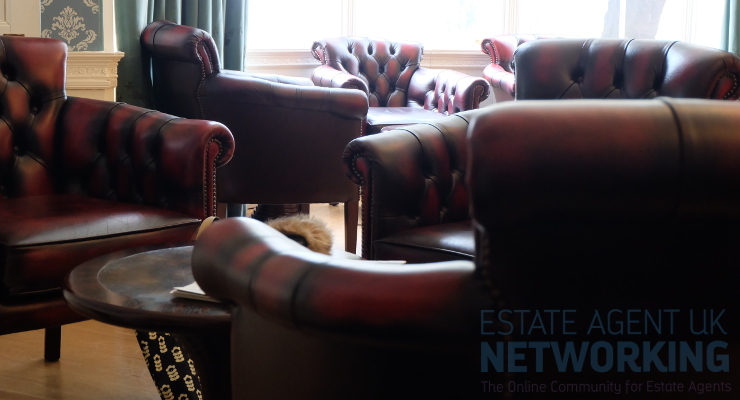Eww yuck! Where is the dirtiest area of the home?
Bacteria gets literally everywhere. From the bristles of your toothbrush to the buttons of your TV remote, just because you can’t see it doesn’t mean it’s not there.
In fact, some of these hidden areas could actually be more germ-ridden than the more obvious dirty areas that initially spring to mind, such as toilets, bins or carpets.
It’s important therefore to be aware of where germs hide, thrive and replicate, to avoid you and your family getting sick. Let’s go through room-by-room to determine once and for all which is the dirtiest area.
Living Room
Starting with the room you will likely spend most of your time lounging around in, the living room contains several areas that could be potential hotbeds for bacteria.
Just think about how many times somebody touches a remote control, light switch, games controller, TV switch, cell phone or lamp – do they always have clean hands? Of course they don’t, which makes the spread of bacteria all that much easier.
Wipe down each of these surfaces daily if you can, and make a special effort when you know somebody has a cold or virus. Also, hire a specialist cleaner (such as Apple Clean) to disinfect your rug and carpets – the last thing you want is to get ill while watching your favourite TV show.
The Key Areas of Concern:
-
Remote controls.
-
Rugs/carpets.
-
Cell phones.
-
Games controllers.
-
TV.
-
Lamps.
Dirtiness Rating: 6/10.
Utility Room
Utility rooms are often one of the warmest places in the house, and bacteria thrive in warm areas. Putting two and two together, bacteria therefore LOVE utility rooms.
The hot, damp air created by washing machines and tumble dryers provide germs with the perfect conditions to replicate in. Therefore, make sure to avoid leaving damp clothes in the utility room for too long, as bacteria could cling onto them without you even knowing.
Likewise, make sure to regularly clean your pet’s bowls and toys. These items can actually harvest more bacteria than anywhere else in the house so, the dirtier they’re left, the more likely it’ll be for you and your pet to fall ill.
The Key Areas of Concern:
-
Washing machine.
-
Tumble dryer.
-
Pet toys.
-
Pet bowls.
-
Sink.
-
Iron.
Dirtiness Rating: 7/10.
Office
From your computer’s keyboard to the office desk itself, millions upon millions of germs could be living right under your nose as you busy yourself working away. Home office environment give bacteria the ideal place to thrive and can, in fact, harvest 400 times more germs than toilet seats.
In order to avoid this, wipe your desk down regularly with anti-bacterial wipes, paying particular attention to the printer, phone, computer mouse and keyboard. Similarly, make sure to clean your bag every so often – don’t give bacteria the opportunity to cling to it wherever and whenever you next put it down.
The Key Areas of Concern:
-
Computer keyboard.
-
Computer mouse.
-
Phone.
-
Desk.
-
Printer.
-
Pens.
-
Bag/rucksack.
Dirtiness Rating: 8/10.
Bathroom
When you think of the dirtiest area of the home, the bathroom toilet is probably one of the first things to spring to mind. After all, you do your, ahem, ‘business’ there so it’s got to be pretty germ-ridden, right?
Well, yes and no. The toilet can be fairly dirty but there are actually many other areas of the bathroom which can be equally, if not more, disgusting. The toothbrush holder, for instance, is one of the most germ-riddled household items you can find, as is the shower and any damp towel you use to dry yourself with.
The Key Areas of Concern:
-
Toilet.
-
Behind the toilet.
-
Bathtubs and showers.
-
Toothbrush holder.
-
Bathroom sink.
-
Towels.
Dirtiness Rating: 9/10.
Kitchen
Here it is – our verdict. In our opinion, the dirtiest area of the home is the kitchen, since germs appear pretty much anywhere you set your eyes on. Whether it’s the kitchen sink, the fridge or the cutlery, your kitchen can quickly become riddled with bacteria when left poorly looked after.
Just because you’ve washed up your plates, that won’t necessarily mean all the bacteria has been removed. In fact, the rags and sponges you use to wash them up with could actually harbour even more bacteria than they had in the first place.
Therefore, make sure to disinfect or renew your dishcloths regularly, wash your crockery using hot, soapy water, and clean your kitchen countertops with a strong bleach.
The Key Areas of Concern:
-
Kitchen sink and countertops.
-
Area above the kitchen cabinets.
-
Cupboard handles.
-
Fridge/freezer.
-
Cutlery tray.
-
Cutting boards
-
Stove knobs.
-
Coffee maker.
-
Dish sponges and rags.
Dirtiness Rating: 10/10.
Conclusion
There you have it – our definitive look at the dirtiest rooms in the home. In our opinion, the kitchen is by far the biggest haven for bacteria, with bathrooms coming in a close second.
Now, after all this talk of germs, I feel a sudden urge to clean. Where did I put that bleach?







